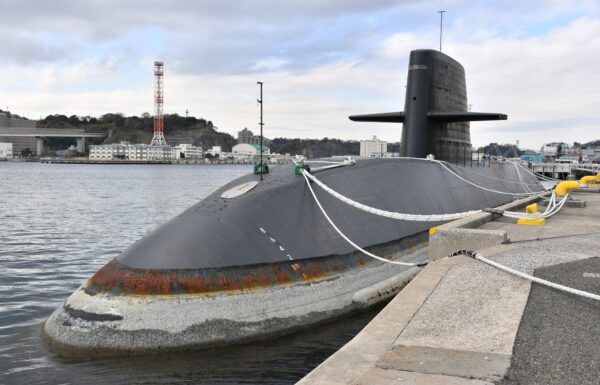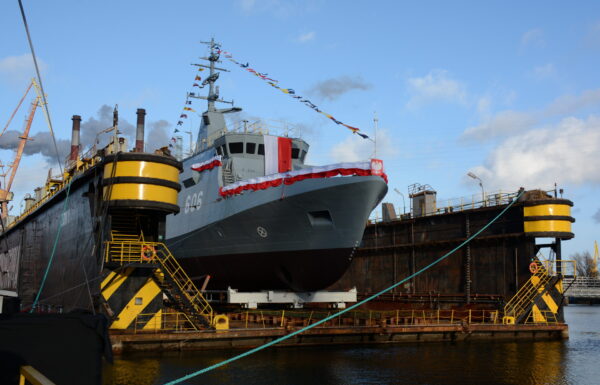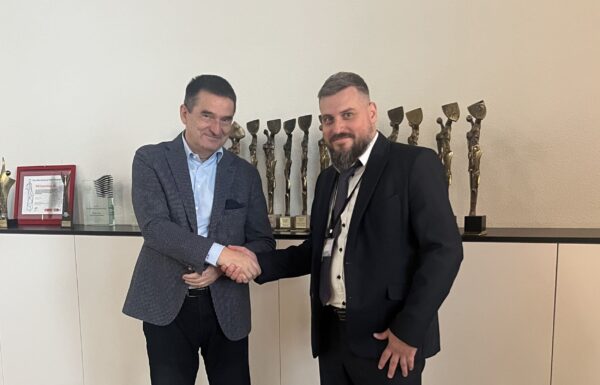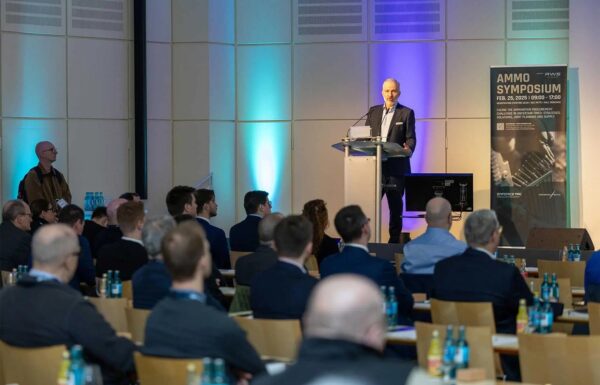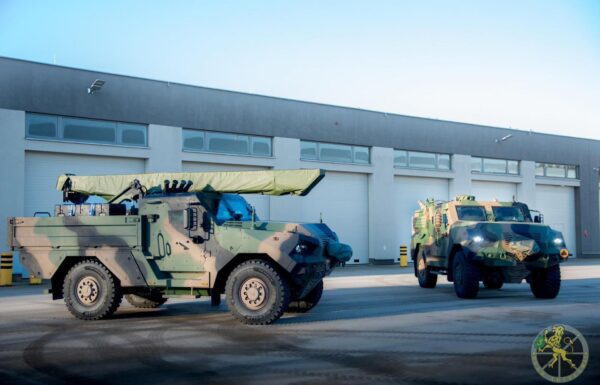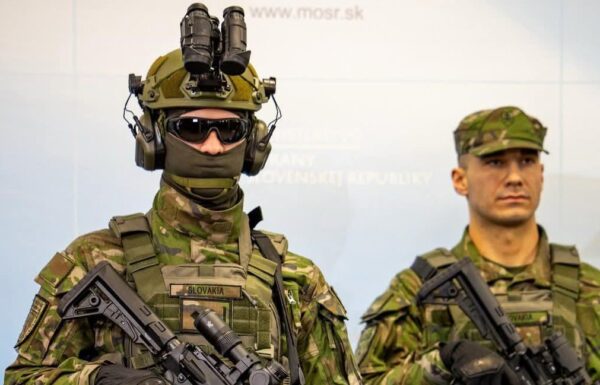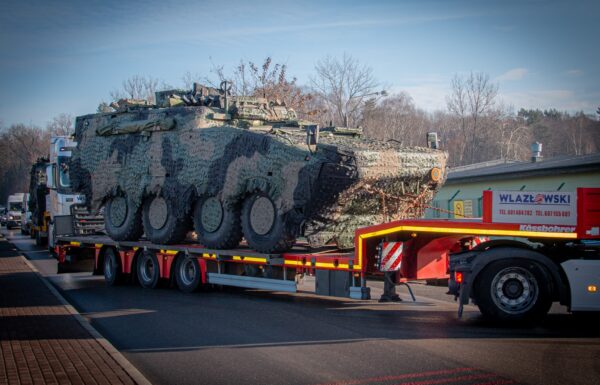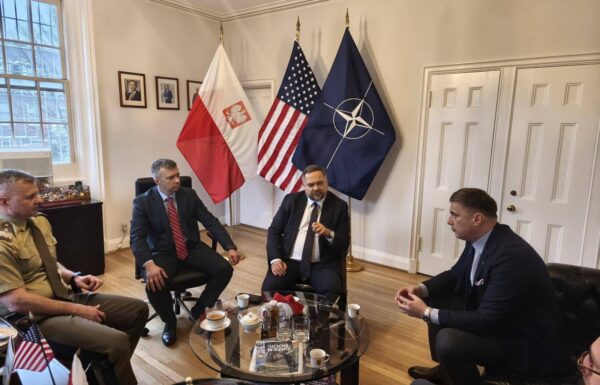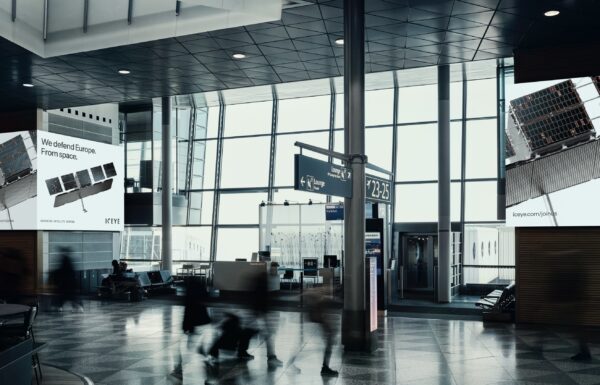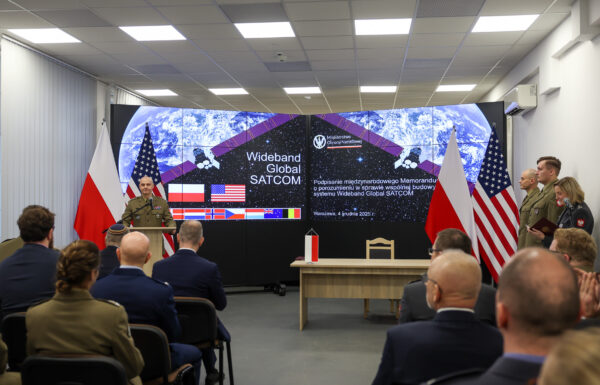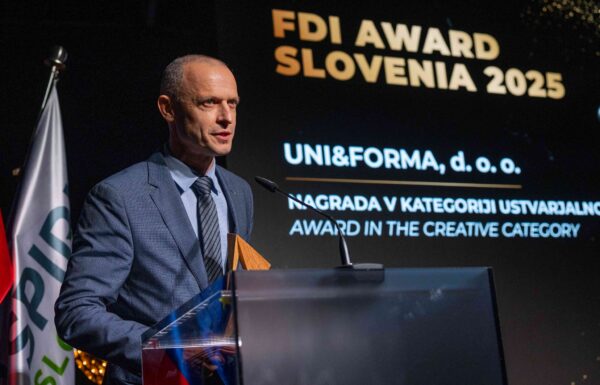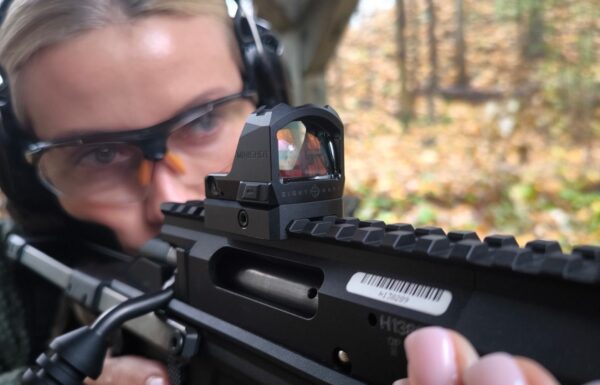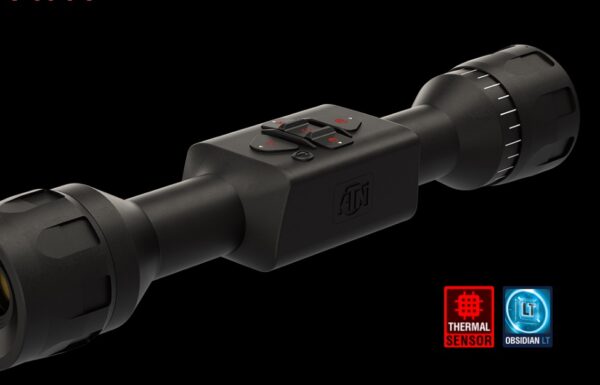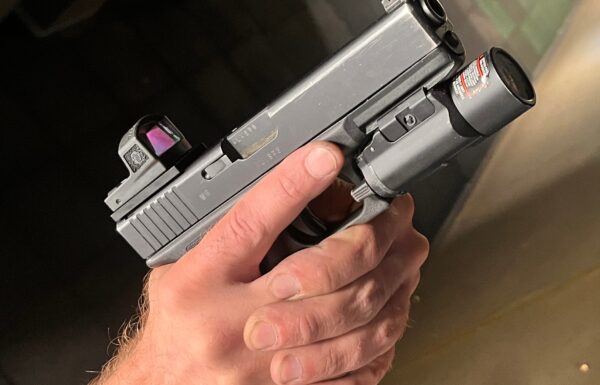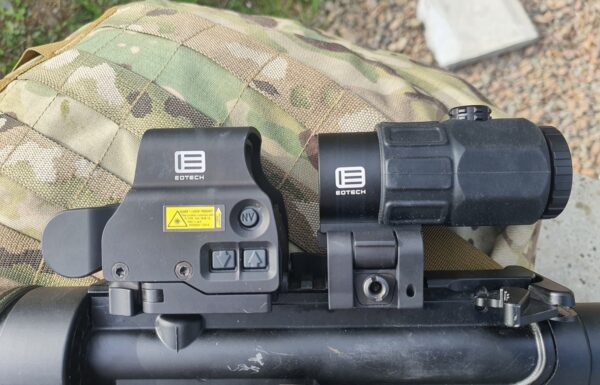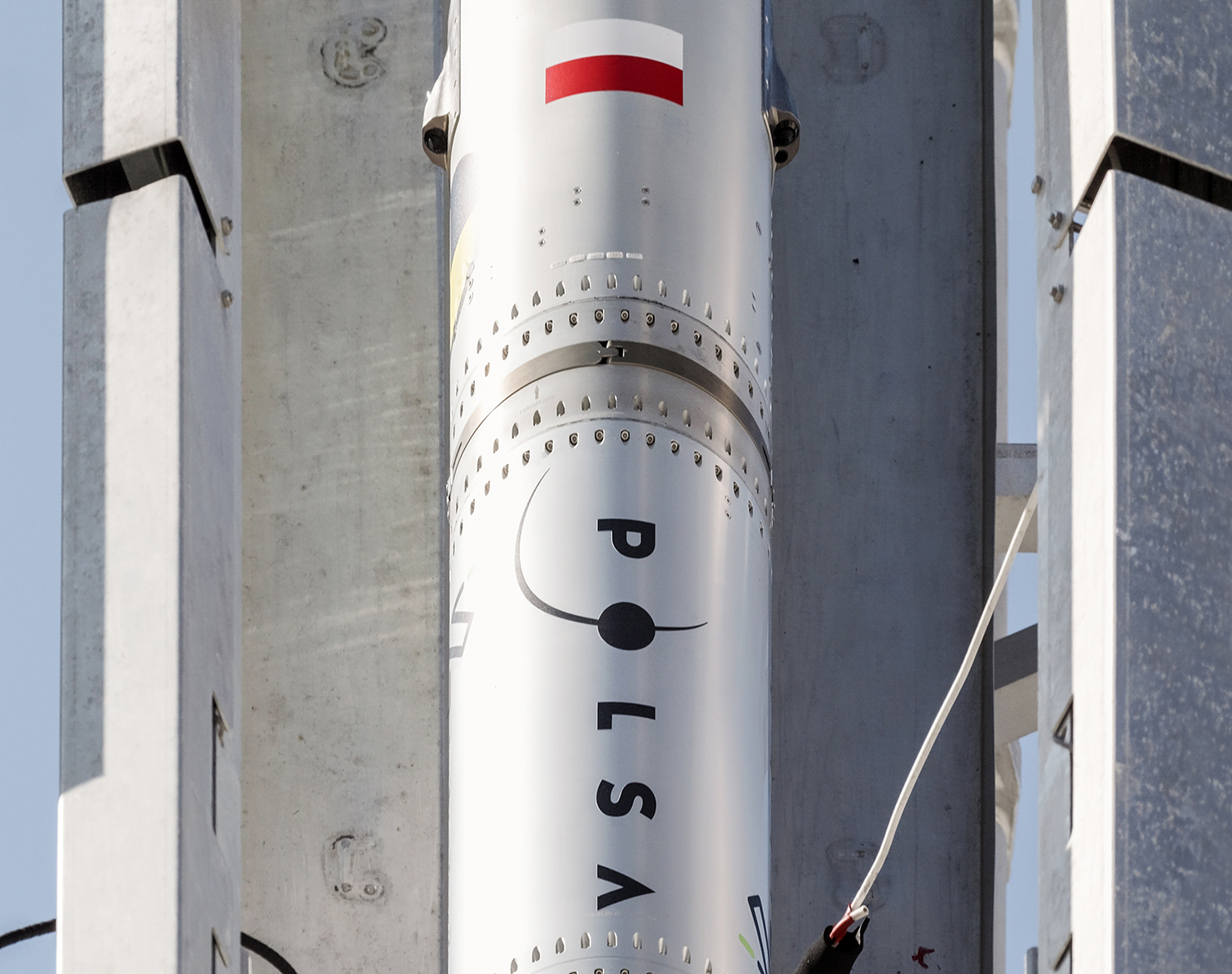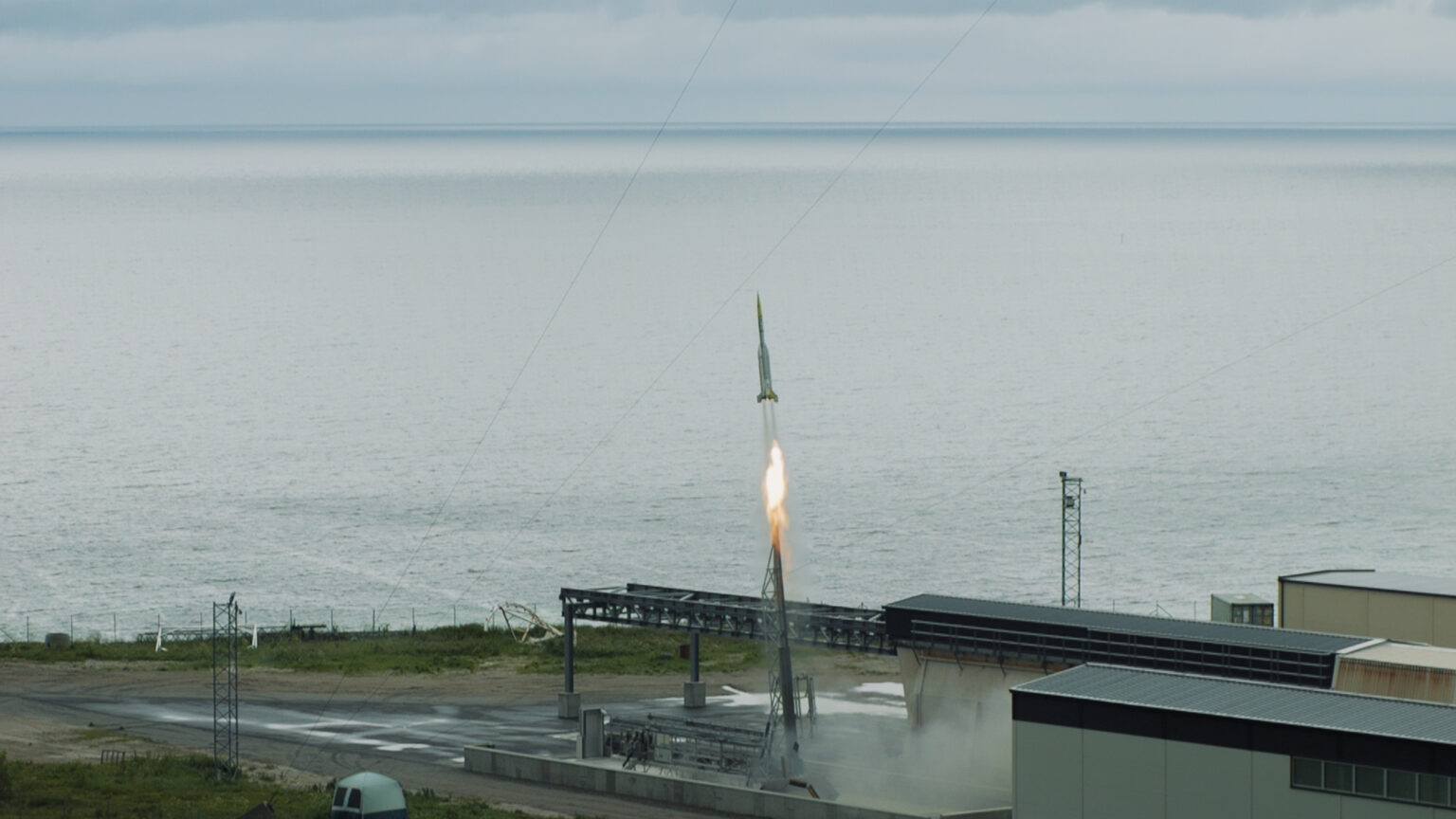The first rocket in the world to use 98% hydrogen peroxide as an oxidizer was tested in its intended final configuration and reached an altitude of 101 km. Thus, the date of July 3, 2024, will go down in the history of Polish achievements in the development of space technologies. The Polish Space Agency was involved in the rocket tests and co-financed this project.
 Photos: Łukasiewicz – Institute Of Aviation
Photos: Łukasiewicz – Institute Of Aviation
At the turn of June and July, engineers from Łukasiewicz – Institute of Aviation conducted an international launch campaign aimed at preparing the Polish suborbital rocket ILR-33 Bursztyn 2K for flight in space conditions. On July 3, at 1:09 PM, their tests were successfully completed. The rocket, launched from Andøya Space Sub-Orbital in Norway, reached an altitude of 101 km.
“We are proud of the fact, that a project of creating Polish suborbital rocket, inaugurated of the late professor Piotr Wolański, in which hydrogen peroxide with a concentration of 98% was used as a rocket propellant, celebrates international success. Reaching an altitude of 101 km by ILR-33 AMBER 2K is a breakthrough event in the history of Polish science and the achievements of Polish engineers in the field of space technologies. With this result, we have proven that scientists from our Institute can find a niche, create and implement breakthrough technologies, and that they are pioneers in bringing elements of sustainable development to space” says Dr. Eng. Paweł Stężycki, Director of Łukasiewicz – Institute of Aviation.
The suborbital rocket developed by engineers from Łukasiewicz – Institute of Aviation travels at a speed of nearly 1.4 km/s. Many of the technologies used in it can be successfully applied to other rocket systems. It is noteworthy that the head, along with the payload compartment, fell into the Norwegian Sea 135 km from the launch site as planned and was recovered.
“The breaking of the space barier by the ILR-33 Bursztyn 2K rocket, developed at the Łukasiewicz – Institute of Aviation, is a historic moment. Never in our history has a Polish rocket reached such an altitude. This is a historic day for the Łukasiewicz – Institute of Aviation, but also a historic moment for the entire Polish rocket community. It is also proof that the civilian rocket engineering community can effectively support military projects. I hope that this success will increase the Ministry of National Defense’s attention to the competencies of Polish engineers working in civilian centers involved in the design of suborbital rockets,” says Dr. Michał Wierciński, Vice President of the Polish Space Agency.
After the success of four flight tests of the ILR-33 Bursztyn and ILR-33 Bursztyn 2K rockets, which took place at domestic launch sites, Łukasiewicz – Institute of Aviation organized an international mission to launch the rocket. For safety reasons, it took place at a space center designated for testing suborbital systems (Andøya Space) in Norway.
“The fact that the Polish suborbital rocket reached an altitude of 101 km is the result of the commitment and determination of the entire research team, responsible for both designing the space technology and systematically testing and improving it. Both the rocket launch and the recovery of the warhead from the sea proceeded according to the planned mission scenario,” explains Dr. Eng. Sylwester Wyka, Deputy Director for Research at the Łukasiewicz – Institute of Aviation.
The achieved altitude is the result of systematically implemented improvements that the Institute’s engineers made after each test flight in Poland. These include: enlarged auxiliary engines, a hybrid engine for the main stage with extended operating time, and expanded launch infrastructure – including the WR-2 mobile suborbital rocket launcher. Additionally, the organization of flights was improved and adapted to meet the requirements of foreign launch sites.
“Thanks to the tests in Norway, we have proven that the ILR-33 AMBER 2K rocket is a complete and mature technical solution. The consistent implementation of the AMBER program means that today we have qualified staff and research facilities necessary to develop complex space systems, not just components or subsystems. In Poland, it is possible to develop a launch vehicle that would allow carrying small satellites into low Earth orbit. Thus, Polish satellites could be launched using a domestic system, providing us with independent access to orbit. This is extremely important in terms of the growing role of satellite data in both civilian and military applications,” says Dr. Eng. Adam Okniński, Director of the Space Technologies Center at Łukasiewicz – Institute of Aviation.
Organizing the international space mission took six months, which was an ambitious challenge. The team of engineers and scientists from Łukasiewicz – Institute of Aviation was not only responsible for preparing the suborbital rocket for the international mission but also for selecting the launch site and managing the campaign’s logistics. After a detailed analysis, it was decided that the tests would take place in Norway, at Andøya Space, located almost 2000 km from Warsaw. Conducting the tests was made possible through cooperation with the Polish Space Agency, the Ministry of National Defense, the Ministry of Science and Higher Education, the Ministry of Development and Technology, the Ministry of Foreign Affairs, and Łukasiewicz – Institute of Organic Industry.
“Organizing all logistics required transporting not only the ILR-33 AMBER 2K rocket, which is a technology demonstrator, but also the WR-2 mobile launcher, avionics systems, infrastructure supporting facility integration and propellants. It was necessary to obtain appropriate export permits and provide safe, specialized transport” summarizes M.Sc. Eng. Michał Pakosz, Head of the Rocket Technology Department and Project Manager of ILR-33 Bursztyn 2K at the Łukasiewicz – Institute of Aviation.
All design work related to the construction of the ILR-33 Bursztyn 2K suborbital rocket was carried out at the Łukasiewicz – Institute of Aviation. The ILR-33 Bursztyn 2K is a complete system developed based on space standards. It is the world’s first suborbital rocket to use one of the most environmentally friendly propellants, 98%+ hydrogen peroxide. We encounter hydrogen peroxide in everyday life, though at much lower concentrations. Examples include hydrogen peroxide solution (3%) or perhydrol used in the chemical industry for activities such as bleaching fabrics (30% solution). While hydrogen peroxide was used in rocket technologies several decades ago, the technology at the time did not allow for long-term missions, limiting its applications. The solution developed at the Łukasiewicz – Institute of Aviation offers the potential for the application of this propellant in satellite platforms and other long-term space missions.
Video: Łukasiewicz – Institute Of Aviation
Press release: Łukasiewicz – Institute Of Aviation and Polish Space Agency POLSA



